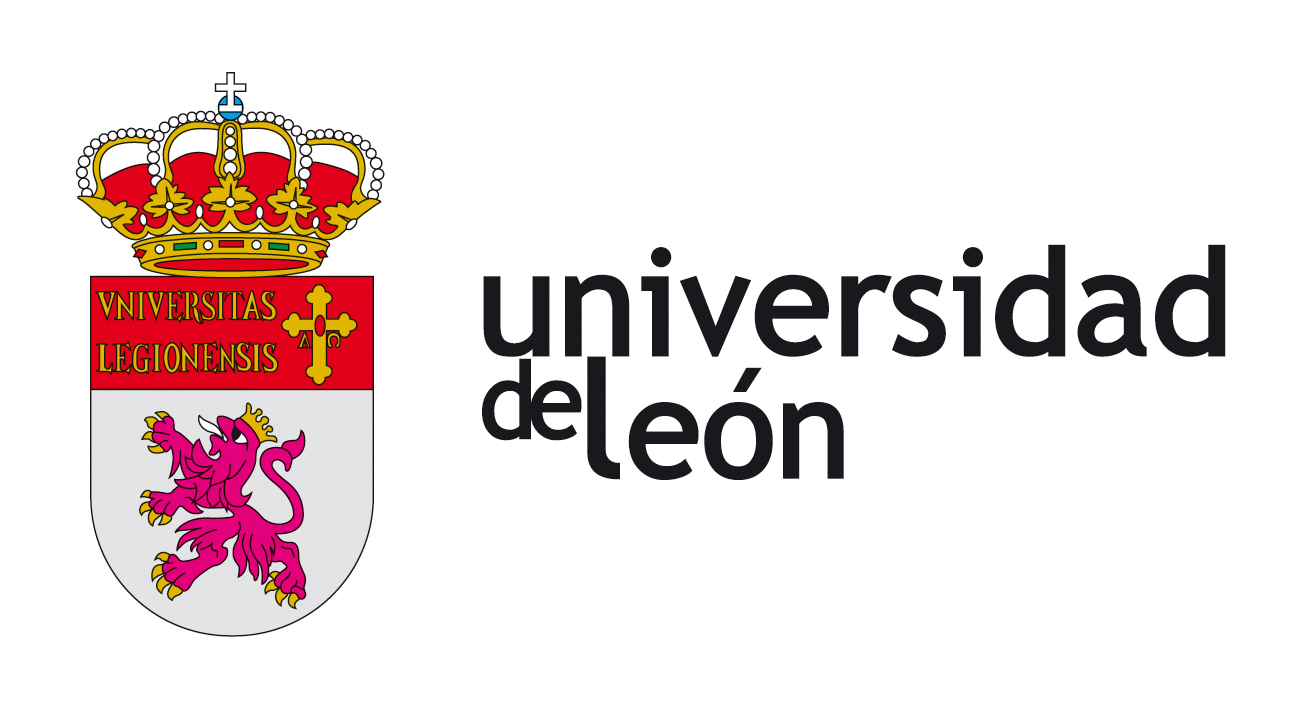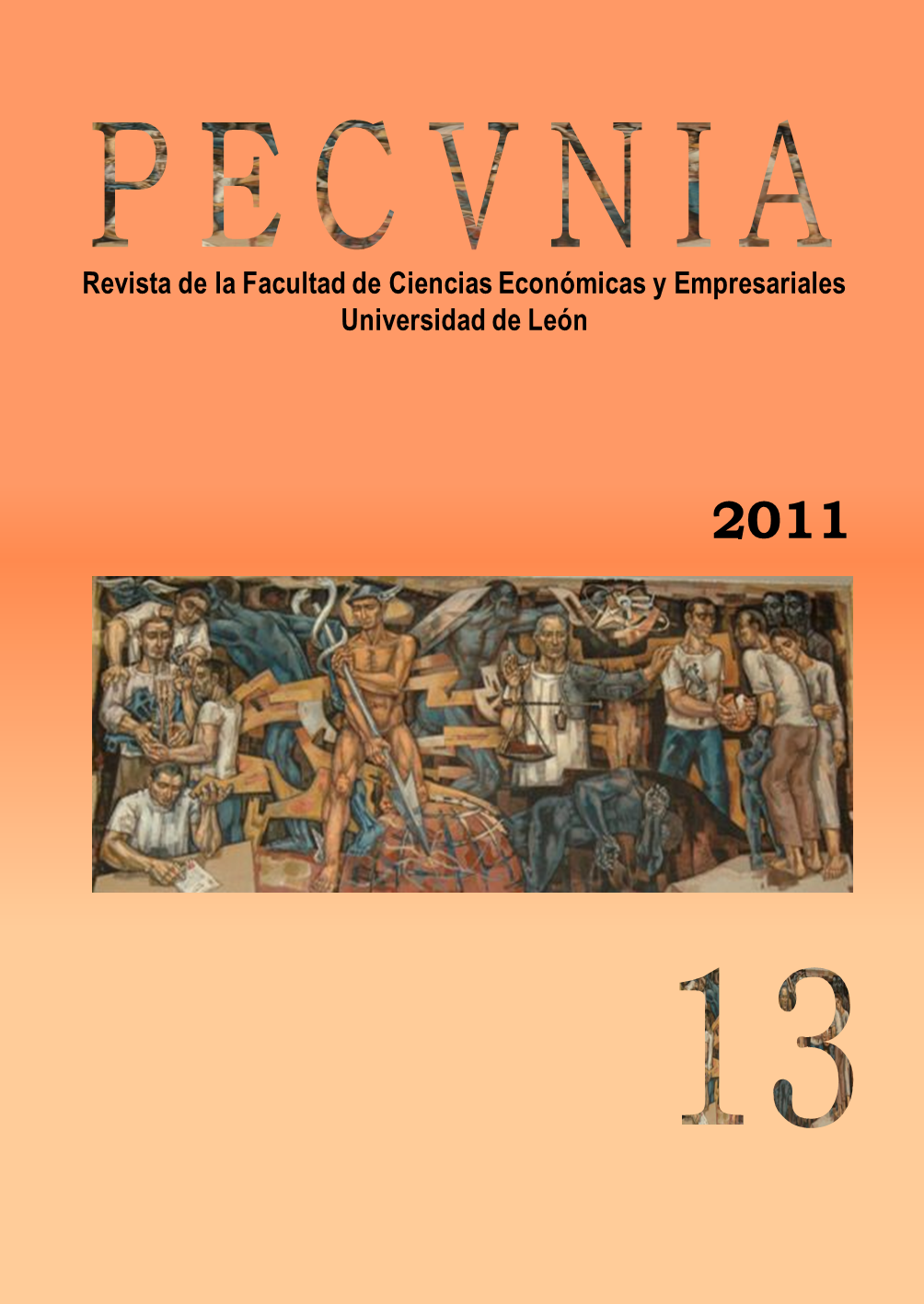Dinâmicas e processos de inovaçâo em regiôes do interior de Portugal: caso de estudo = Dynamics and processes of innovation in the interior regions of Portugal: a case study
DOI :
https://doi.org/10.18002/pec.v0i13.614Mots-clés :
Modelos de innovación, Triple Helix, Instituciones de educación superior-Empresas-Estado | Cooperación, Innovation models, Higher education institutions-Firms-Government, Cooperation, Modelos de inovação, Instituições de Ensino SuperiorRésumé
El presente trabajo tiene como objetivo analizar la dinámica y los procesos de innovación en las regiones interiores del centro de Portugal buscando identificar los factores que estimulan la dinámica territorial de la innovación. La preocupación por la dinámica de la innovación ha sido objeto de varios estudios en el contexto de los sistemas regionales de innovación y, más recientemente, se encuadra en el desarrollo del Modelo “Triple Hélix” (Etzkowitz y Leydesdorff, 2000; Dzisah y Etzkowitz, 2009). Este modelo integra el estudio de la interacción entre las hélices para promover la innovación. El estudio empírico se centra en las empresas de tres distritos interiores de la zona Centro de Portugal (Castelo Branco, Guarda y Viseu). Desde el punto de vista de la metodología, para la realización del estudio se envió un cuestionario a las empresas de estos tres distritos y se ha utilizado la aplicación de análisis estadístico multivariante “k-means clustering” para detectar patrones de comportamiento de las empresas relativos a su dinámica de innovación respecto al perfil de la región en términos de innovación, al espíritu de iniciativa empresarial, a la cooperación con las instituciones de enseñanza superior y a la proactividad de las instituciones públicas. Para verificar las hipótesis propuestas se recurrió a aplicación de tests de comparación múltiple de valores medios para estudiar las características únicas de cada grupo.The main objective of this paper is analysis the dynamics and processes of innovation in regions of interior centre of Portugal, seeking to identify factors that stimulate the territorial dynamics of innovation.
The dynamics of innovation has been the subject of several studies in the context of regional innovation systems and more recently has been considered in the Model "Triple Helix" (Etzkowitz and Leydesdorff, 2000; Dzisah and Etzkowitz, 2009). This model integrates the interaction between the helices to promote innovation. This empirical study includes three districts in Portugal (Castelo-Branco, Guarda and Viseu). The methodology consisted of a survey involving the companies in these districts and application of multivariate statistical analysis “k-means clusters” to detect their behavioral patterns within the region’s profile in terms of dynamics of innovation, spirit of business initiative, cooperation with the higher education institutions and proactivity of public institutions. In order to verify the formulated hypotheses, we resorted to the application of tests of multiple average differences to assess the unique characteristics of each cluster.
O presente trabalho tem como objectivo analisar as dinâmicas e os processos de inovação em regiões do interior centro de Portugal, procurando identificar factores que estimulam a dinâmica territorial de inovação. A preocupação com as dinâmicas de inovação tem sido alvo de diversos estudos no âmbito dos sistemas regionais de inovação e mais recentemente tem sido enquadrada no desenvolvimento do Modelo “Triple Helix” (Leydesdorff e Etzkowitz, 2000; Dzisah e Etzkowitz, 2009). Este modelo integra o estudo da interacção entre as hélices para promover a inovação. O estudo empírico incide sobre as empresas de três distritos do interior centro de Portugal. Como metodologia foi realizado um questionário às empresas destes distritos e utilizou-se a aplicação da análise estatística multivariada “k-means clusters” para detectar padrões comportamentais das empresas relativamente à sua dinâmica de inovação e face ao perfil da região em termos de inovação, espírito de iniciativa empresarial, cooperação com as IES e proactividade das Instituições Públicas. Para verificar as hipóteses formuladas recorremos à aplicação de testes de diferenças múltiplas de médias para aferirmos as características únicas de cada cluster.
Téléchargements
Références
Alberto, D. e Ferreira, J. (2010). “Desenvolvimento e competitividade regionais: Aplicação do modelo Triple Helix à NUT III Beira Interior Sul”. In 16º Congresso da APDR, Universidade da Madeira, Funchal, 8 a 10 de Julho de 2010.
Andersen, E.S.; Lundvall, B.-Å. e Sorrn-Friese, H. (2002). “Editorial: Special issue on innovation systems”. Research Policy, 31 (2), pp. 185-190.
Bramanti, A. (1999). “From space to territory: Relational development and territorial competitiveness”. Revue d’Economie Régionale et Urbaine, 3, pp. 633-654.
Busom, I. (1999). “An empirical evaluation of the effects of R&D subsidies”. In Working Paper Series, No. B99-05. http://papers.ssrn.com/sol3/papers.cfm?abstract_id=170561.
Conceição, P. e Ávila, P. (2001). A inovação em Portugal: II inquérito comunitário às actividades de inovação. Oeiras: Celta Editora.
Dzisah, J. and Etzkowitz, H. (2008). “The renewal of the African University: Towards a “Triple Helix” development model for Ethiopia”. In, Etzkowitz, H. and Roest, M. (Eds). Proceedings of Ethiopia Triple Helix Conference, Transforming University-Industry- Government Relations in Ethiopia, IKED, pp. 180-193.
Dzisah, J. and Etzkowitz, H. (2009). “Triple Helix circulation: The heart of innovation and development”. In The Conference Triple Helix VII, 2009, University of Strathclyde, Glasgow.
Edquist, C. (1997). “Systems of innovation approaches - Their emergence and characteristics”. In, Edquist, C. (Ed.). Systems of innovation: Technologies, institutions and organizations. London: Printer, chapter one, pp. 1-35.
Edquist, C. (2001). “The systems of innovation approach and innovation policy: an account of the state of the art”. Paper apresentado na DRUID Conference, Aalborg, Junho: http://www.druid.dk/uploads/tx_picturedb/ds2001-178
Etzkowitz, H. (2002). “The Triple Helix of University – Industry – Government, implications for policy and evaluation”. Working Paper. Stockholm: Sister. In http://www.sister.nu/pdf/wp_11.pdf.
Etzkowitz, H. (2003). “Innovation in innovation: The Triple Helix of University-Industry-Government relations”. Social Science Information, 42 (3), pp. 293-337.
Etzkowitz, H. and Leydesdorff, L. (2000). “The dynamics of innovation: From national systems and ‘Mode 2’ to a triple Helix of University-Industry-Government relations”. Research Policy 29 (2), pp. 109-123.
Etzkowitz, H. and Leydesdorff, L. (Eds) (1997). Universities and the global knowledge economy. A triple Helix of University – Industry – Government relations. London: Cassell Academic.
Fagenberg, J. (1994). “Technology and international differences in growth rates”. Journal of Economic Literature XXXII, 32 (3), pp. 1147-1175.
Fagerberg, J. (2004). “Innovation – A guide to the literature”. In, Fagerberg, J.; Mowery, D. and Nelson, R. (Eds.). The Oxford handbook of innovation. Oxford: Oxford University Press, Chapter 1, pp. 1-26.
Freeman, C. (1988). “Japan: A new national system of innovation?”. In, Dosi, G. et al. Technical change and economic theory. London: Pinter Publishers, pp. 330-348.
Kline, S.J. and Rosenberg, N. (1986). “An overview of innovation”. In, Laudau, R. e Rosenberg, N. (Eds). The positive sum strategy: Harnessing technology for economic growth. Washington: National Academy Press, pp. 275-305.
Kothari, U. and Minogue, M. (2002). Development theory and practice: Critical perspectives. Houndmills (UK): Palgrave, McMillan.
Lamas, J. (2007). “A relação universidade e sociedade”. http://bdigital.cv.unipiaget.org/ dspace/bitstream/123456789/102/1/Marco%20Ribeiro%20Lamas.pdf ; consultado a 12/06/2009.
Leydesdorff, L. (2005). “The triple helix model and the study of knowledge based innovation systems”. International Journal of Contemporary Sociology, 12 (1), pp. 1-16.
Leydesdorff, L. and Etzkowitz, H. (1996). “Emergence of a triple-helix of university-industry government relations”. Science and Public Policy, 23 (5), pp. 279-286.
Lundvall, B.-Ä (1988). “Innovation as an interactive process: From user-producer interaction to the national system of innovation”. In, Dosi, G. et al., Technical change and economic theory. London: Pinter Publishers, pp. 349-369.
Lundvall, B.-Ä. (1992). National systems of innovation-Towards a theory of innovation and interactive learning. London: Printer Publishers.
Marques, J.; Caraça, J. and Diz, H. (2005). “Business incubators and their University links: A survey of the Portuguese reality”. In, 5th Triple Helix Conference, Turin.
Mcfetridge, D.G. (1995). “Science and technology: perspectives for public policy”. Industry Canada, Occasional Paper, n. 9, Ontario.
Mytelka, L. and Farinelli, F. (2000). “Local innovations systems and sustained competitiveness”. UN/INTECH DPS 2005.
Natário, M.; Neto, P.A. and Reigado, F.M. (2006). “Attitudes to territorial innovation process in Raia Central Ibérica”. In, Vaz, T.N.; Morgan, E.J.; Nijkamp, P. (Eds.), The New European Rurality, Strategies for Small Firms. Ashgate, 259-288.
Nelson, R. and Rosenberg, N. (1993). “Technical innovation and national systems”. In, Nelson, R.R. (Ed.), “National Systems Of Innovation: A Comparative Analysis”. Oxford: University Press, pp. 3-21.
Plonski, G. (1999). “Cooperação universidade-empresa: um desafio gerencial complexo”. Revista de Administração, São Paulo, USP, in www.rausp.usp.br/download.asp?file=3404005.pdf; consultado a 12/09/2010.
Rosenberg, N. (1982). Inside the black box: Technology and bconomics. Cambridge: Cambridge University Press.
Segatto, A. e Mendes, R.(2001). "O processo de cooperação Universidade Empresas em universidades brasileiras". www.rausp.usp.br/download.asp?file=V3704058.pdf; consultado a 26/07/2010.
Vang-Lauridsen, J.; Coenen, L.; Chaminade, C. and Asheim, B. (2007). “Universities, regional innovation systems and the Bangalore experience: Towards a contextual and evolutionary perspective”. In, Chen, J.; Xu, Q. and Wu, X. (Eds.) Managing total innovation and open innovation in the 21st century. Proceedings of 5th International Symposium on Management of Technology. Hangzhou: China, pp. 884-888.
Verspagen, B. and Fagerberg, J. (2009). “Innovation studies - The emerging structure of a new scientific field”. Research Policy, 38, pp. 218-233.
Téléchargements
Publiée
Comment citer
Numéro
Rubrique
Licence
(c) Tous droits réservés Maria Manuela Natario, Carlos Roque de Almeida 2011

Ce travail est disponible sous licence Creative Commons Attribution - Pas d’Utilisation Commerciale - Partage dans les Mêmes Conditions 4.0 International.
Los autores que publican en esta revista están de acuerdo con los siguientes términos:- Los autores ceden de forma no exclusiva los derechos de explotación (reproducción, distribución, comunicación pública, transformación) a la Universidad de León, por lo que pueden establecer, por separado, acuerdos adicionales para la distribución no exclusiva de la versión de la obra publicada en la revista (por ejemplo, alojarlo en un repositorio institucional o publicarlo en un libro), con un reconocimiento de su publicación inicial en esta revista.
- Este trabajo se encuentra bajo la Creative Commons Attribution-NonCommercial-ShareAlike 4.0 International License. Puede consultarse desde aquí la versión informativa y el texto legal de la licencia.
- Se permite y se anima a los autores a difundir electrónicamente las versiones pre-print (versión antes de ser evaluada) y/o post-print (versión evaluada y aceptada para su publicación) de sus obras antes de su publicación, ya que favorece su circulación y difusión más temprana y con ello un posible aumento en su citación y alcance entre la comunidad académica.












